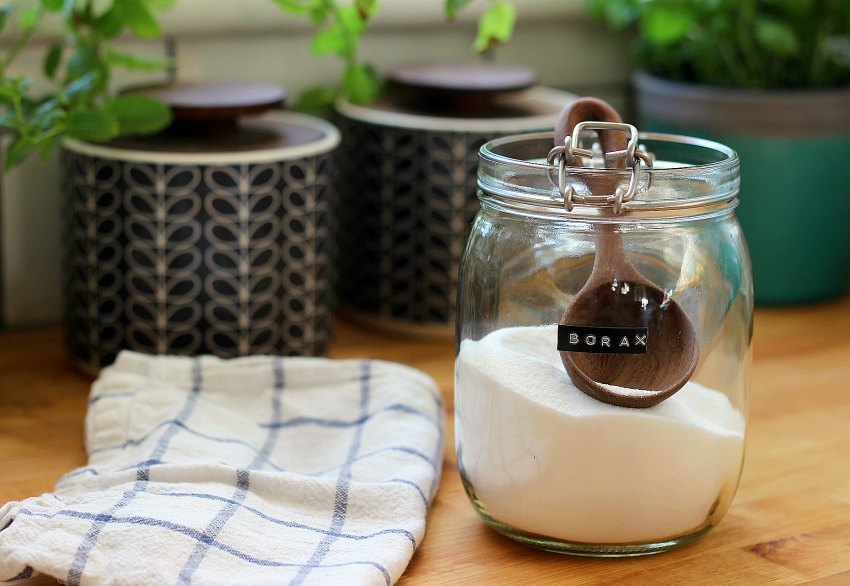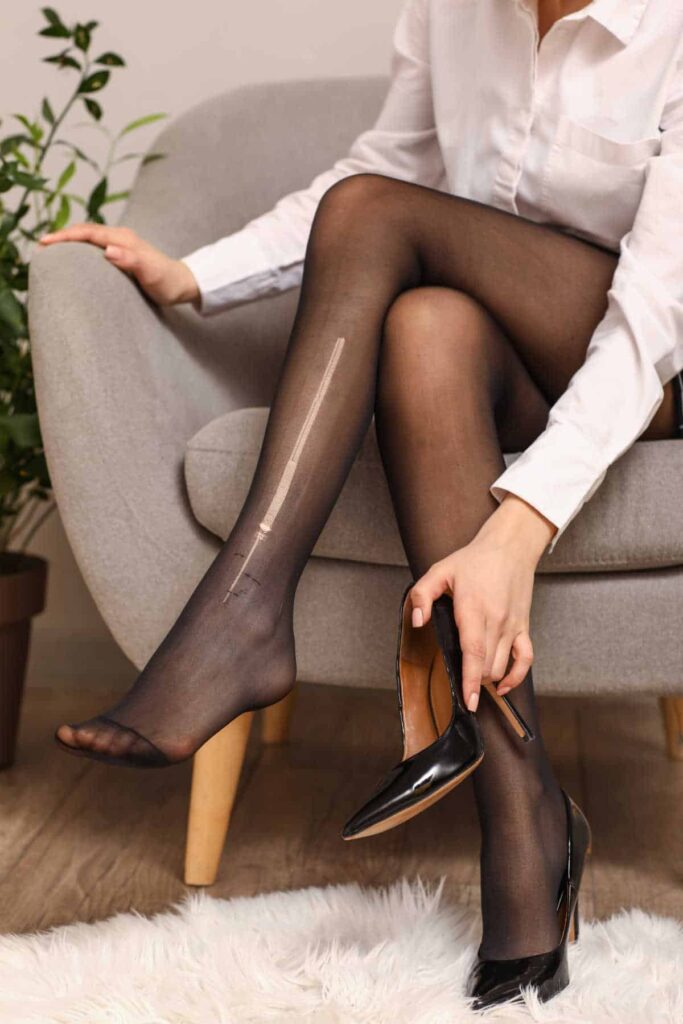How To Clean A Bird Bath To Protect Our Feathered Friends
To support the running costs of Moral Fibres, this post may contain affiliate links. This means Moral Fibres may earn a small commission, at no extra cost to readers, on items purchased through these links.
Here’s how to clean a bird bath safely, and why you should be cleaning your bird bath regularly to help protect our feathered friends.
Bird baths are a great addition to any garden. They help to provide a safe drinking spot for birds as well as a clean bathing area.
Bathing, in particular, is incredibly important to birds. For birds, bathing is essential to keep their feathers in good shape. Bathing helps to loosen any dirt embedded in the feathers which could otherwise impair their flight powers.
Bathing also makes it easier for birds to preen their feathers. Preening is when birds spread oil from the preen gland through their feathers. Spreading oil like this ensures that the bird’s feathers remain waterproof. This process also helps to keep birds warm, by trapping an insulating layer of air underneath the feathers.
The simple act of providing a bird bath can help your local bird populations in immeasurable ways, particularly in freezing winter or dry summer conditions.
Table Of Contents
Why Do You Need To Clean A Bird Bath?
Bird baths do come with a little upkeep. It’s not just a case of popping one in your garden and leaving it there to do its thing. It’s actually incredibly important to keep your bird bath clean, by thoroughly cleaning it at least once a week.
This is because, like humans, birds prefer to drink from and bathe in relatively clean water to help keep them free from water-borne diseases and illnesses.
Bird baths can become dirty over time. This could be because of several different reasons. From bird poo to feathers, dirt and dust from birds, to leaves and other plant matter that may find their way into the bird bath.
Dirty water like this can be a breeding ground for harmful bacteria that can spread diseases within the local bird populations. This includes a disease called trichomonosis – the most common disease that can kill off birds after visiting dirty bird feeders and baths.
Trichomonosis is spread through food and water that is contaminated by freshly regurgitated saliva. The more birds at a feeder or birdbath there are, and the less the feeder or bath is cleaned, then the more likely it is that the disease will spread. Greenfinch and chaffinch populations have been hit particularly hard, to devastating impact.
Algae can also bloom in stagnant bird bath water, which can also make the water slimy. These kinds of blooms appear particularly when water is exposed to sunlight and temperatures above 4°C. This means algae can be a problem at most times of the year – not just in summer. The good news is that algae generally isn’t harmful to birds. However, the presence of it will put birds off visiting your bird bath.
How To Clean A Bird Bath

To help keep your local bird populations disease-free, roll up your sleeves, pop on some rubber gloves, and let’s get cleaning!
You will need a bucket or garden hose, a scrubbing brush not used for any other purpose, a measuring jug, and 100 ml of white vinegar. It’s also important to wear rubber gloves, as bird faeces can spread salmonella to humans and pets.
The Preparation
There’s a little bit of prep work to do first before we get cleaning. Firstly, remove any rocks, stones, or gravel from the bottom of your bird bath. Pop them to the side of your bird bath, as these will need to be cleaned later.
Next, empty the water in your bird bath. Depending on your bird bath, you will either be able to remove a plug to drain the water away or else you will have to tip the bath over to remove the water.
Once the water has drained away, remove any lingering debris from the birdbath. This could include debris such as leaves, grasses or feathers. Pop these into your compost or garden waste bin, and you’re good to get on with the cleaning.
The Cleaning Process

To clean your bird bath, first hose the bath down or tip some clean water over the bath to remove any remaining dirt or debris.
Next, we need to disinfect the bird bath. To safely do this, it’s best to use 100 ml of white vinegar mixed with 900 ml of water. Only use white vinegar, and avoid using any soaps, detergents, or other chemicals. Soap or washing-up liquid, even eco-friendly washing-up liquid, can strip the oils off of bird feathers and doesn’t kill algae. Meanwhile, other chemicals can harm birds.
Mix this up in a measuring jug, and then pour the solution into the bird bath. Now take a scrubbing brush, and scrub to remove any faeces, algae or dirt stuck to the inside of the bird bath. If the dirt/poop is particularly stubborn, allow the solution to soak for 15 minutes or so. However, do stay with the bird bath to make sure no birds come down for a bath in the vinegar solution! They won’t like you very much if this happens!
At this point, it’s best to give any stones that you’ve removed from your bird bath a scrub in the solution too.
Once you’re done, pour the solution away – preferably down a drain. This is so that the acidic vinegar solution doesn’t harm your plants. Vinegar can be used as a natural weed killer after all, so it’s best to keep it away from your plants or lawn.
Finally, thoroughly rinse the basin and your stones with clean water. Add your stones back in, and refill the bath with fresh clean water for the birds to enjoy.
Found this post useful? Please consider buying me a virtual coffee to help support the site’s running costs.





Great article, thank you for sharing! In love with this tip!